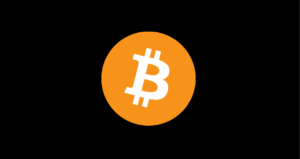Silver, one of the oldest known precious metals, has been a popular investment choice for many centuries, known for its store of value and industrial uses. With the recent surge in interest in alternative investments like cryptocurrencies, some individuals have been drawn to silver as a potential hedge against economic uncertainty.
When you invest in silver, there are a few ways to approach it. One common method is buying physical silver in the form of coins, bars, or rounds. These can be purchased from reputable dealers or mints, ensuring their authenticity and quality. Physical silver offers tangible ownership of the metal, allowing you to hold your investment in your hands.
Another way to invest in silver is through paper silver, such as exchange-traded funds (ETFs) or futures contracts. ETFs like iShares Silver Trust (SLV) and Aberdeen Standard Physical Silver Shares ETF (SIVR) track the price of silver and offer a convenient way to gain exposure to the metal without the need for storage. Futures contracts, on the other hand, allow investors to speculate on the future price of silver without owning the physical metal.
Investing in silver also comes with its own set of risks and considerations. Like any investment, the price of silver can be volatile and influenced by various factors such as economic data, geopolitical events, and market sentiment. It’s essential to diversify your investment portfolio to manage risk effectively.
One of the advantages of investing in silver is its dual role as both a precious metal and an industrial commodity. Silver is used in various industries, including electronics, solar panels, and medical applications, which can create demand for the metal beyond just investment purposes. This industrial demand can help support the price of silver, providing a potential boost to your investment.
Silver also has a historical track record of holding its value over time. While the price of silver can fluctuate in the short term, it has maintained its purchasing power over the long term, making it a popular choice for investors looking to protect their wealth.
It’s essential to stay informed about the silver market and monitor factors that could impact the price of the metal. Keeping up with market news, economic indicators, and geopolitical events can help you make informed decisions about your silver investment.
In conclusion, investing in silver can be a valuable addition to your investment portfolio, offering diversification, potential price appreciation, and a hedge against economic uncertainty. Whether you choose to buy physical silver or invest in paper silver instruments, understanding the market dynamics and risks involved is key to making the most of your investment. Remember to consult with a financial advisor or do thorough research before making any investment decisions.

